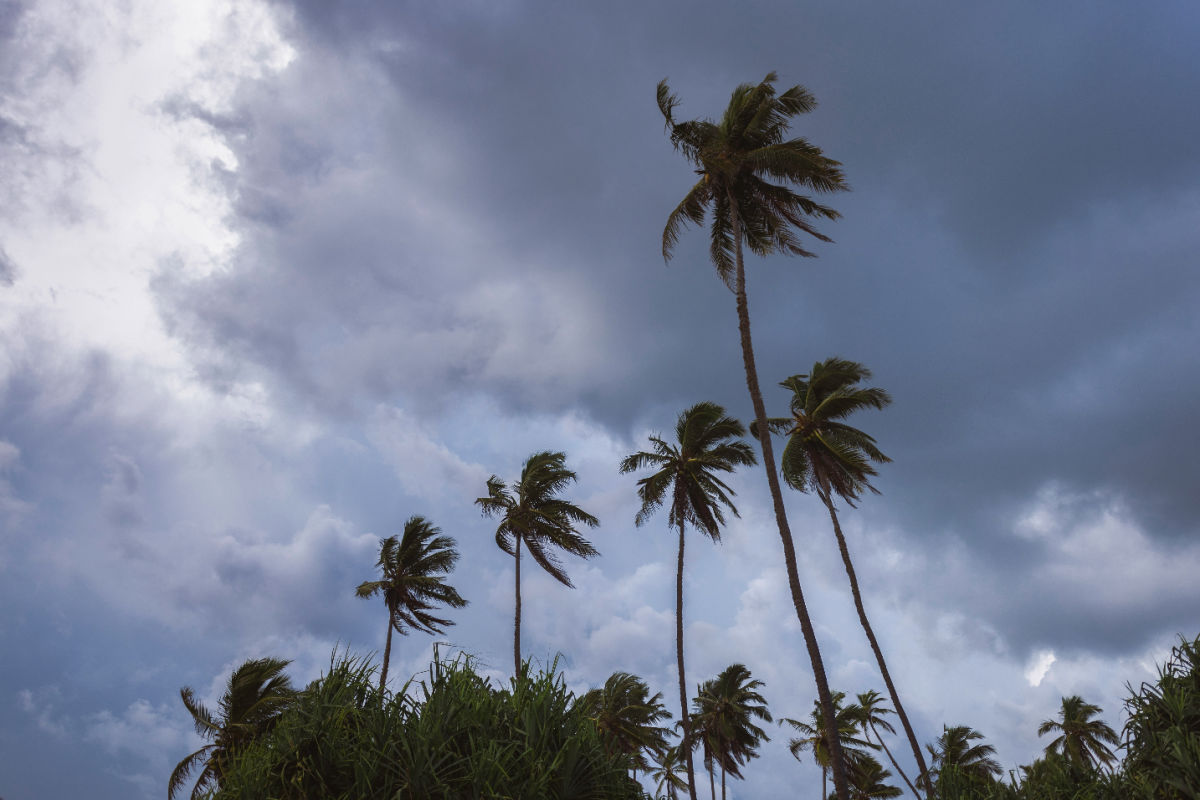The effects of Tropical Cyclone Seedling 96S continue to be a significant concern for residents and tourists in Bali. With fierce winds reaching speeds of over 60 km/h, it’s essential to prioritize safety and exercise caution during travel across the island.

Weather Warnings and Local Impact
In addition to strong winds, heavy rainfall is affecting many of Bali’s prime tourist hotspots. We’ve all seen those beautiful Instagram posts of Canggu, Uluwatu, and Seminyak, but right now, localized flooding has turned some regions into surprising waterways. Watching a video from Canggu’s popular MAJA Spa & Wellness Studio, where floodwaters breached during a class, was both surreal and eye-opening. It was a reminder that nature can be unpredictable!
The Meteorology, Climatology, and Geophysics Agency for Bali has urged everyone to stay informed about the weather conditions and to assess their plans accordingly in the coming days. Extreme conditions are expected from February 11th through 13th, so it’s prudent to keep up with local updates.
Daily Life Disrupted: Adjusting to the Conditions
Cahyo Nugroho, the head of the agency, advised residents to remain vigilant against hazards like water logging, flooding, landslides, and falling trees. For those of us who have experienced a day interrupted by unexpected weather, we know how quickly plans can go awry. Just last summer, I had to cancel a beach day due to sudden thunderstorms, and it was a disappointment that lingered for days.
Travelers at Bali’s I Gusti Ngurah Rai International Airport faced disruptions as flights were delayed or canceled due to the storm. According to airport general manager Ahmad Syaugi Shahab, eleven flights were affected, revealing just how significant the impact of severe weather can be on travel plans.
Stay Safe: Practical Tips for Travelers
It’s wise to be proactive when dealing with such events. I remember once, while traveling in Thailand during monsoon season, checking weather apps religiously helped me avoid getting caught in heavy rain. The same goes for Bali—check in with your hotel or travel provider to stay updated on conditions.
Additionally, travelers planning to use fast boat and ferry services to explore surrounding islands like Lombok or the Gili Islands should confirm with their boat providers about operational updates. It’s always better to be safe than sorry.
Safety First: Beach and Outdoor Advisories
The BMKG has also advised against beach visits during this period. If you were thinking of relaxing at Nusa Dua or enjoying the waves at Kuta Beach, it’s essential to stay on dry land. High winds and poor visibility can make for potentially dangerous conditions. I recall my own attempt to surf during a windy day; it was more exhausting than exhilarating! The key takeaway? Respect the ocean and know your limits.
Additionally, drivers should be cautious, as fallen trees and hazardous debris are prevalent. The Bali Regional Disaster Management Agency has reported numerous incidents due to the conditions. Staying tuned to local news and heeding advice can prevent unpleasant surprises.
As we all navigate this challenging weather, remember to prioritize safety, stay informed, and be kind to those affected. With a little mindfulness, we can still cherish the beauty of Bali, even in difficult times.






